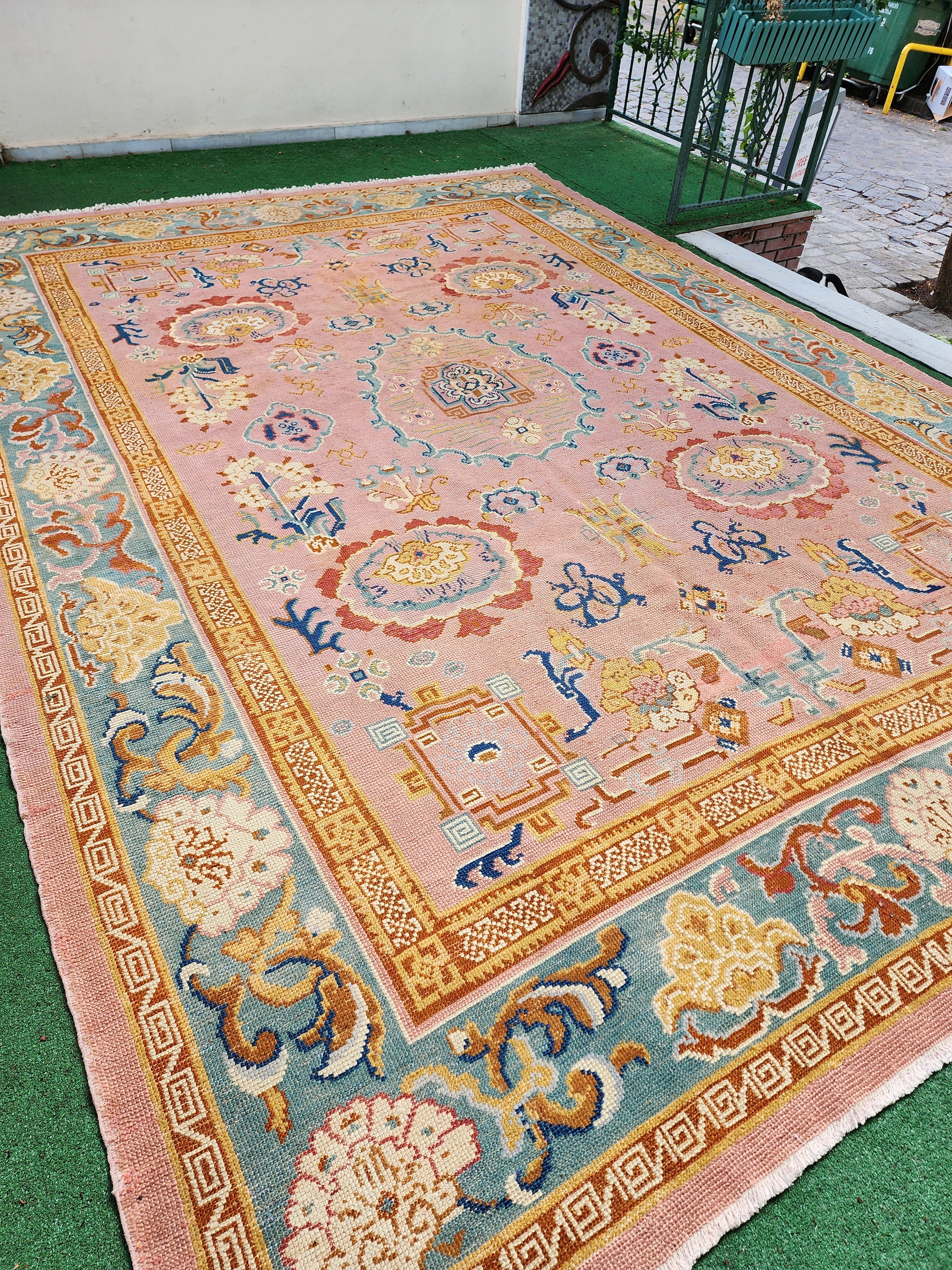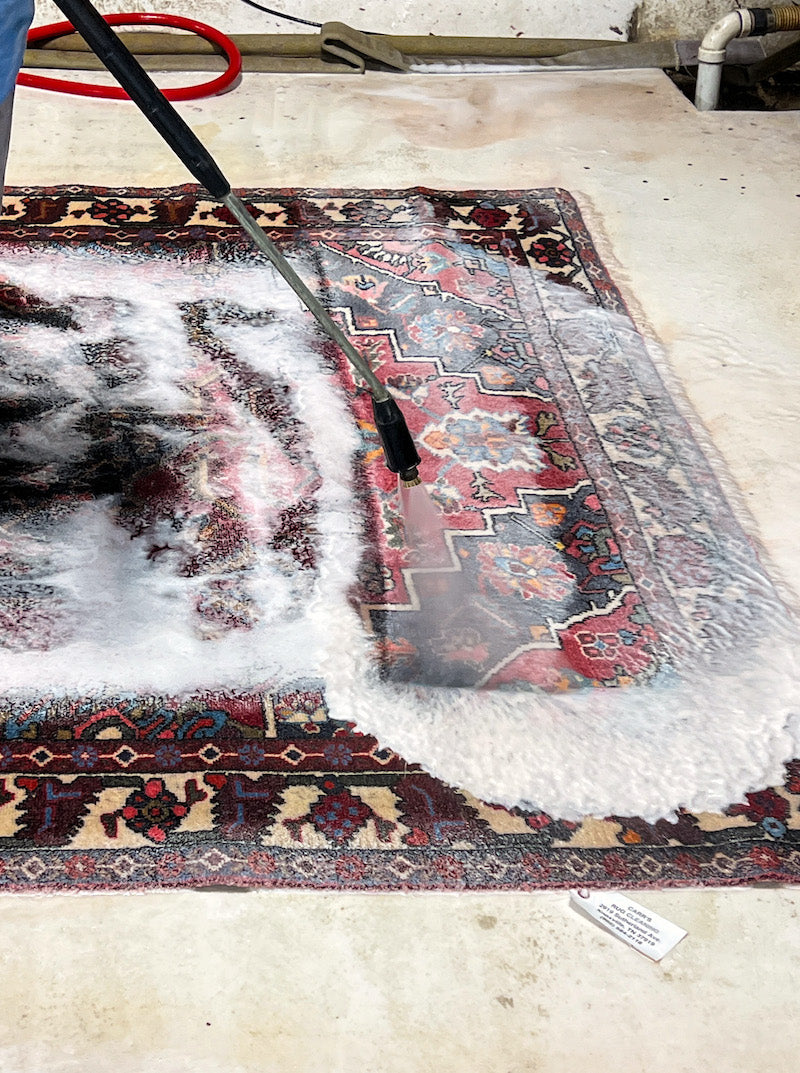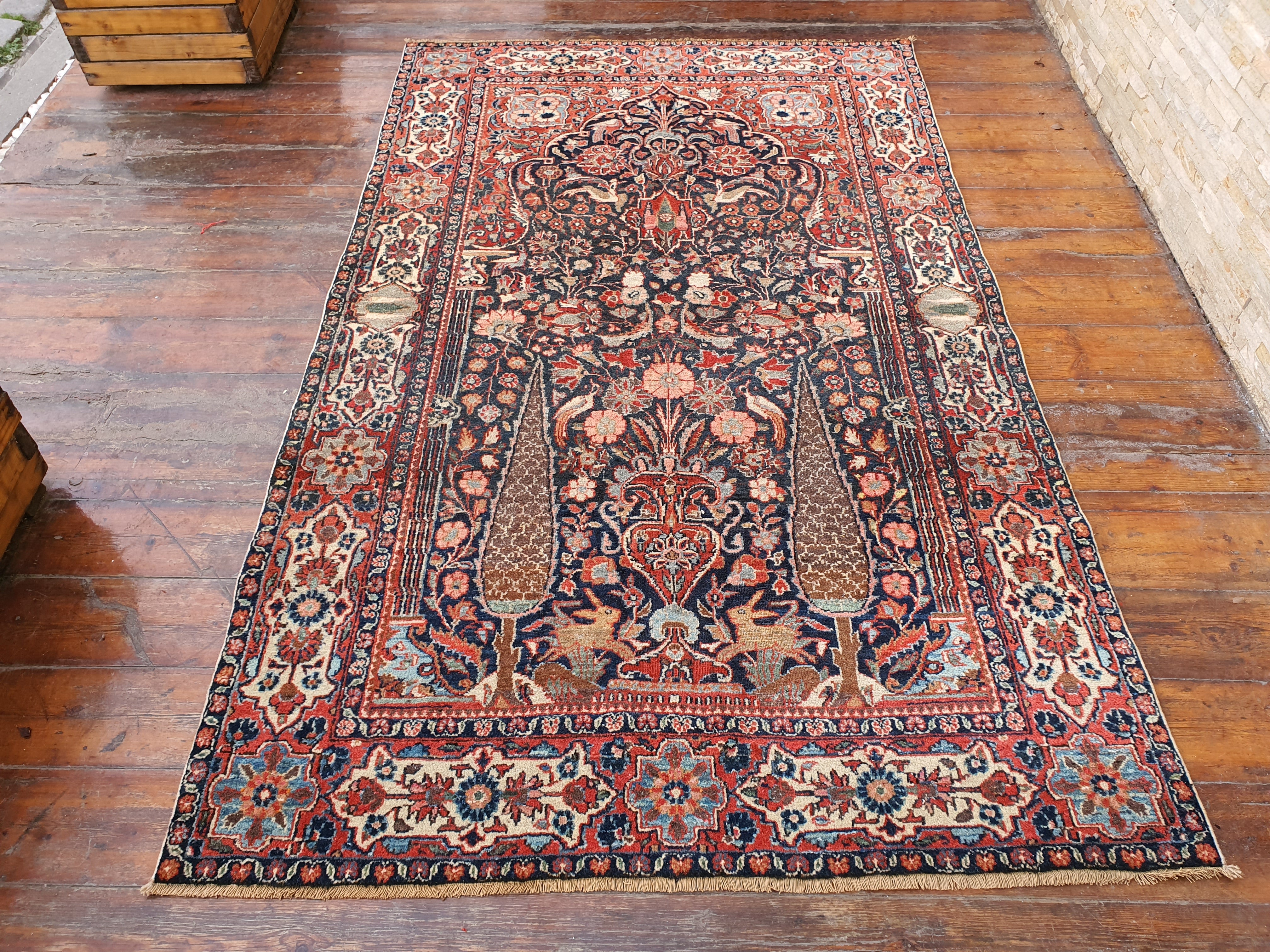
Classic Turkish Rug
Add the perfect touch to your home with a classic Turkish rug Sourcing suppliers of great looking Turkish rugs is a wonderful step to changing the look of your home. Oriental rugs are often weaved using an old craft and focus on techniques used in Central Asia. Some designs are crafted by hand and others embrace the legacy of old Central Asian World meets Western. Needless to say that when you invest in these beautiful masterpieces, you can rest assured that you’ll be enjoying quality to last a very long time. 1. Herati Patterns (all over design) The Herati Pattern is one of the most frequently used designs in Central Asian rugs. They are often seen with “all over” designs as seen here in this picture. It’s name’s origin stems from Herat, one of Afghanistan’s 3rd largest cities. 2. Dyrnakpattern The Dyrnakpattern is popular for its origins to Turkey. It was often hand-crafted by the Turkish Yomuts, a native tribe of The Republic of Turkmenistan. Sometimes the pattern is incorporated into a larger göl pattern and while it is a simple pattern and very old, it’s also sometimes used together with intricate, moderndesigns. 3. Göl Pattern The Göl Pattern rug can be recognized for the octagonal shape’s repetitive use on the rug weaving. This one displays such as the pattern on the outer border of the rug. This pattern is common among the Turkmoman (Turkmen) Peoples, who are a native ethnic group in Turkmenistan as well as Afghanistan and Northern Pakistan. These natives are known for crafting rugs, hand-woven and representing a Göl Pattern. 4. Shah Abbas Pattern The Shah Abbas pattern rugs came about during the reign of the Shah Abbas of Persia. These particular rugs needed to be crafted with a high knot density and recognized for their elegant designs. 5. Boteh-pattern Just like the Herati pattern, the Boteh is very common in rugs crafted in Central Asia. They can be identified by their pear-shaped motifs that follow through throughout the design of the rugs. You can see it in bordering edges of this rug. 6. Gül pattern The Gül pattern is often recognized by the motif it represents for example “gül-i-henna” means a henna plant. The shape is often octagonal and can be seen if you closely look at the border of this rug. Need more inspiration to spruce up your home? Sometimes just a simple change of colour can already create a different look



Laisser un commentaire
Ce site est protégé par hCaptcha, et la Politique de confidentialité et les Conditions de service de hCaptcha s’appliquent.